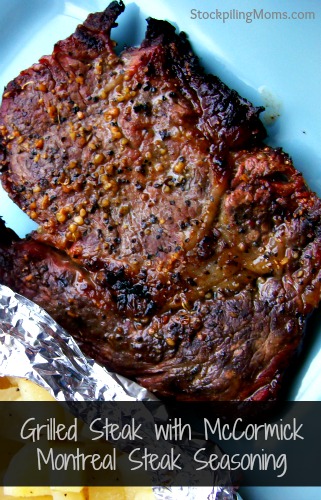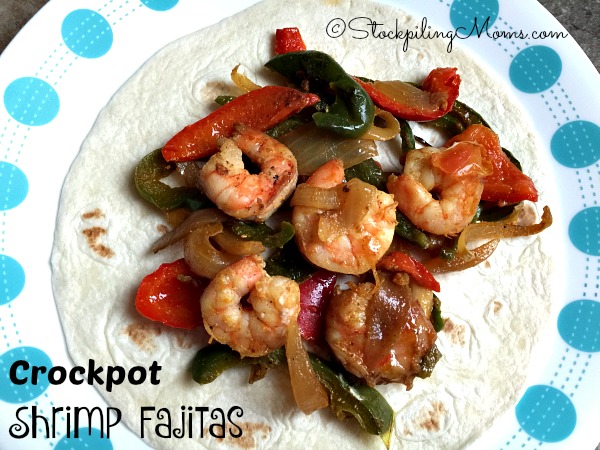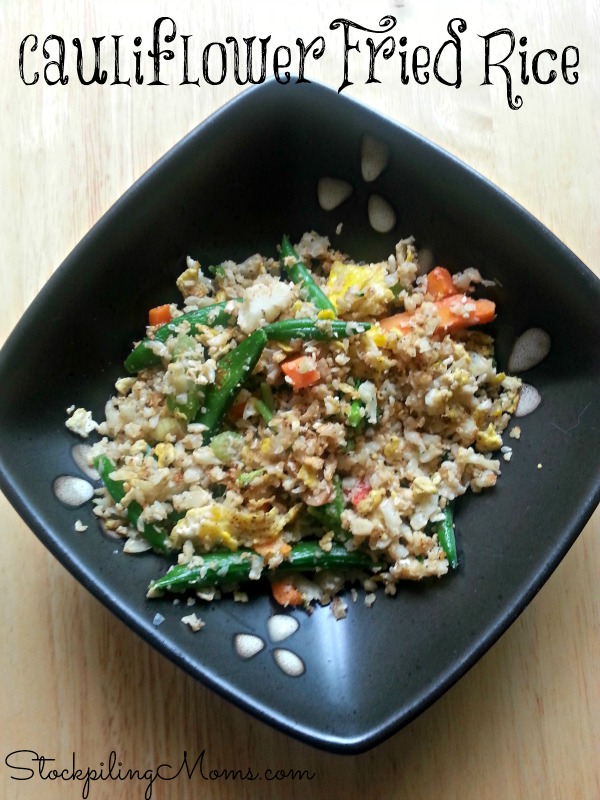Keto and Intermittent Fasting for Weight Loss
Look below at how to use Keto and intermittent fasting for weight loss, and see how this method can help you achieve your weight loss goals. The Keto lifestyle is all the rage these days as people look for ways to slim down and feel their best. Eating a diet high in good fats and low in carbs and sugar has proven successful for many when it comes to losing weight and reducing inflammation in the body, and intermittent fasting can help further the success even more. If you are curious about intermittent fasting and how it relates to the Keto diet, we have some helpful tips to share.
How to Use Keto and Intermittent Fasting for Weight Loss
Before beginning any diet, it is always best to check with your doctor first. This way you can make sure your body is healthy and the Keto lifestyle is a method your body can benefit from. Now let’s get started!
So what is the Keto diet?
In a nutshell, the Keto diet is a diet that is high in good fats and low in carbs and sugar. This means you can enjoy beef, chicken, fish, pork, cheese, avocados, and other foods high in fats. At the same time you are drastically reducing carbs, so eliminating foods such as bread, pasta, potatoes, and of course, sugary sweets.
While daily intake will vary based on your own dietary needs, in most cases you will stick to around 20 or fewer net carbs per day. To figure out the net carbs of food, you look at the number of carbs per serving and subtract the amount of fiber. So if a breakfast bar has 10g of carbs per serving and 6g of fiber per serving, it has a net carb total of 4g.
If you are totally new to the keto diet, you can check out our ultimate guide to the keto diet for beginners. This will help you from the ground up to become successful in your weight loss program.
What kinds of foods can you eat on the Keto diet?
Foods you can enjoy on the Keto diet include Greek yogurt, cheese, eggs, bacon, steak, avocados, almonds, natural peanut butter, berries, leafy greens, and sugar-free/carb-free sodas and drinks.
Not sure how to create a menu? Check out this list of 75 Keto Recipes. This is a wonderful resource with tons of delicious and easy ideas for meals and snacks. Here is also a great list of keto foods to stock up on for basic grocery shopping needs.
What kinds of foods should you avoid on the Keto diet?
Foods you want to avoid include sugar sweets, bread such as pancakes, muffins, biscuits, sandwich bread, and cookies. You also want to avoid regular yogurt, mashed potatoes, french fries, and root vegetables such as onions and carrots.
What are some good substitutes on the keto diet?
There are thousands of recipes out there that offer keto-friendly options to people wishing to expand their meal choices. Try substituting almond flour for regular flour, Stevia for sugar, and cauliflower for dishes that typically include rice or potatoes. You may benefit from checking out this list of keto-friendly foods at Aldi. Tons of snack options that fit in the keto diet on a budget.
So what is intermittent fasting?
There are two ways to fast when implementing the Keto diet. Some people prefer to fast daily, only eating during a 6-8 hour time frame. This means you would eat breakfast around 10 a.m., and eat your last meal around 6 p.m. From 6 p.m. to 10 a.m. timeframe, you would avoid additional meals or snacks.
Some people prefer to do what is called a 5:2 fast, meaning they eat 5 days a week at their own pace and schedule. They then fast for two days, eating very light snacks and making sure they get 8 servings of water on the off days.
So how does fasting work?
When your body fasts, you slowly burn through the glucose that your body holds in the liver. Once this glucose is gone, the body taps into its fat supply for energy. As you can imagine, when your body fat is tapped into for energy, you lose fat and lose weight.
How is intermittent fasting beneficial?
During this time, your blood sugar is stabilized, inflammation is suppressed, blood pressure can decrease, and your brain health can improve! And of course, weight loss occurs since your body is tapping into fat for energy.
Which fast is right for you?
If you tend to binge when hungry, the 5:2 fast may be difficult for you. After fasting for 2 days, you may be more likely to overindulge on your first of the five days. If you find this is the issue, eating during the 10-6 window 7 days a week maybe more ideal for you.
As you can see, intermittent fasting can really help you reap some health benefits and enjoy success in your weight loss and healthier living journey. Consider these tips on intermittent fasting if you are currently exploring your Keto diet options, and see if they can help you better achieve your goals!

Melissa is a football and soccer mom who has been married to her best friend for 24 years. She loves sharing recipes, travel reviews and tips that focus on helping busy families make memories.







